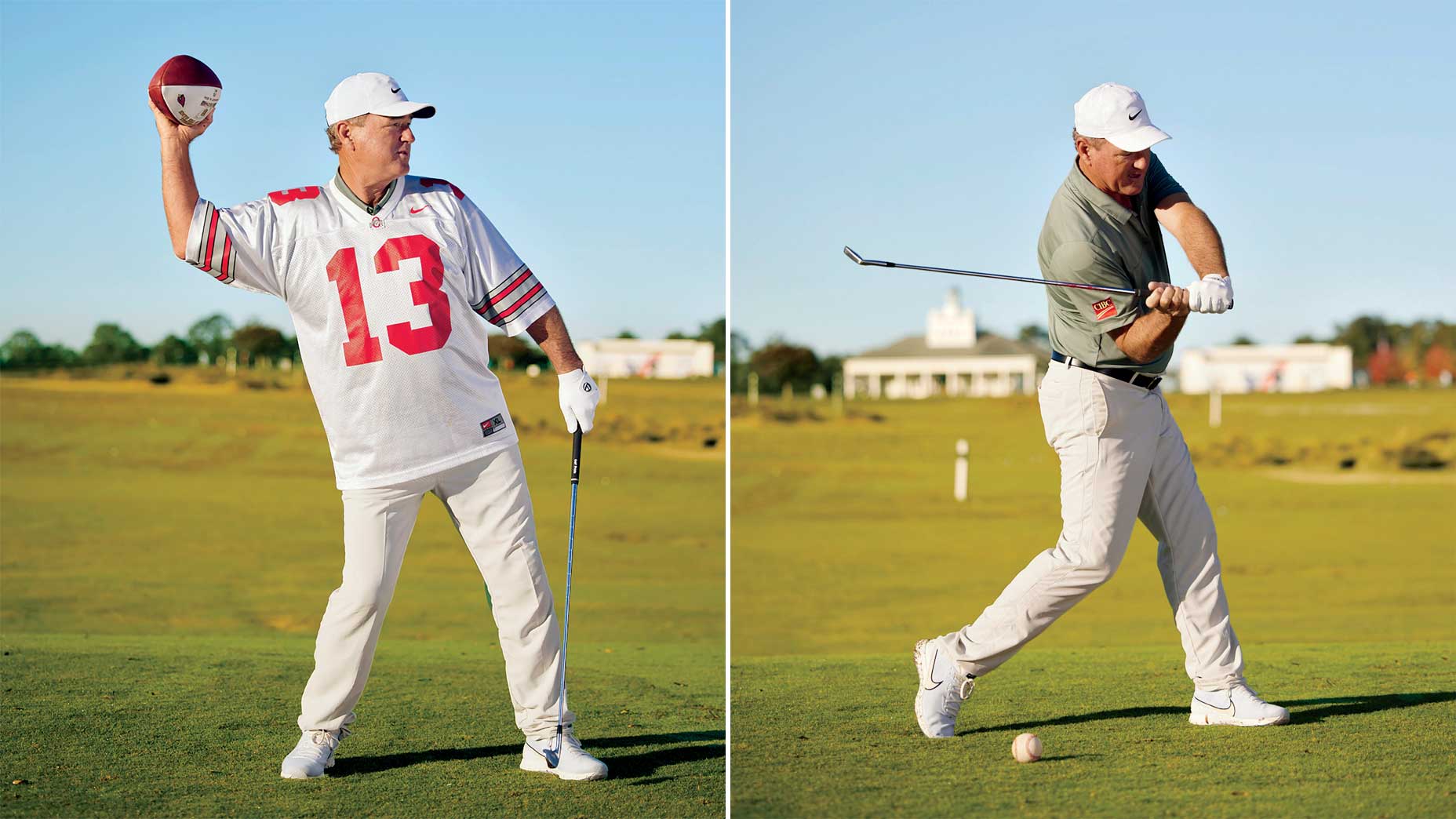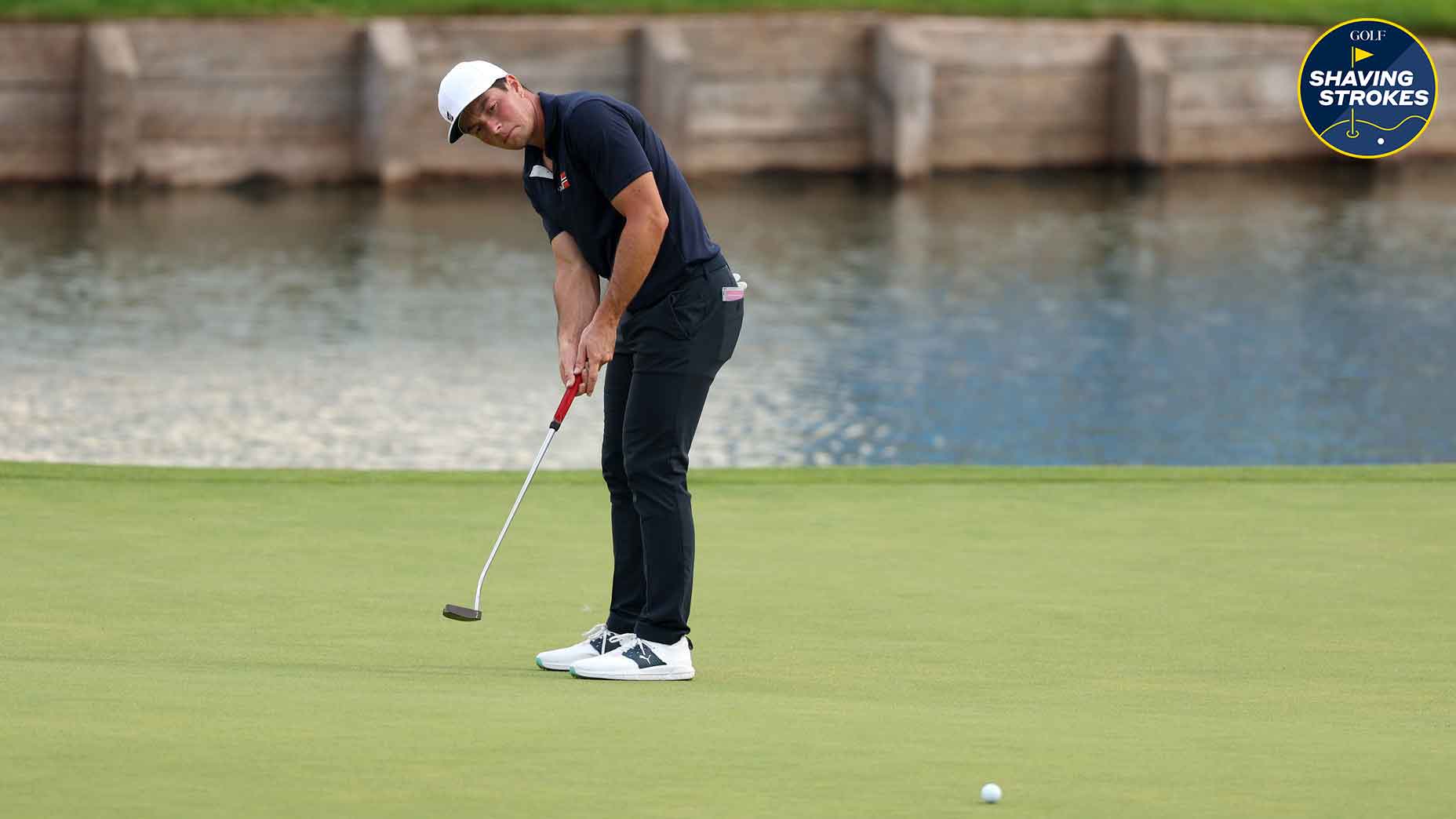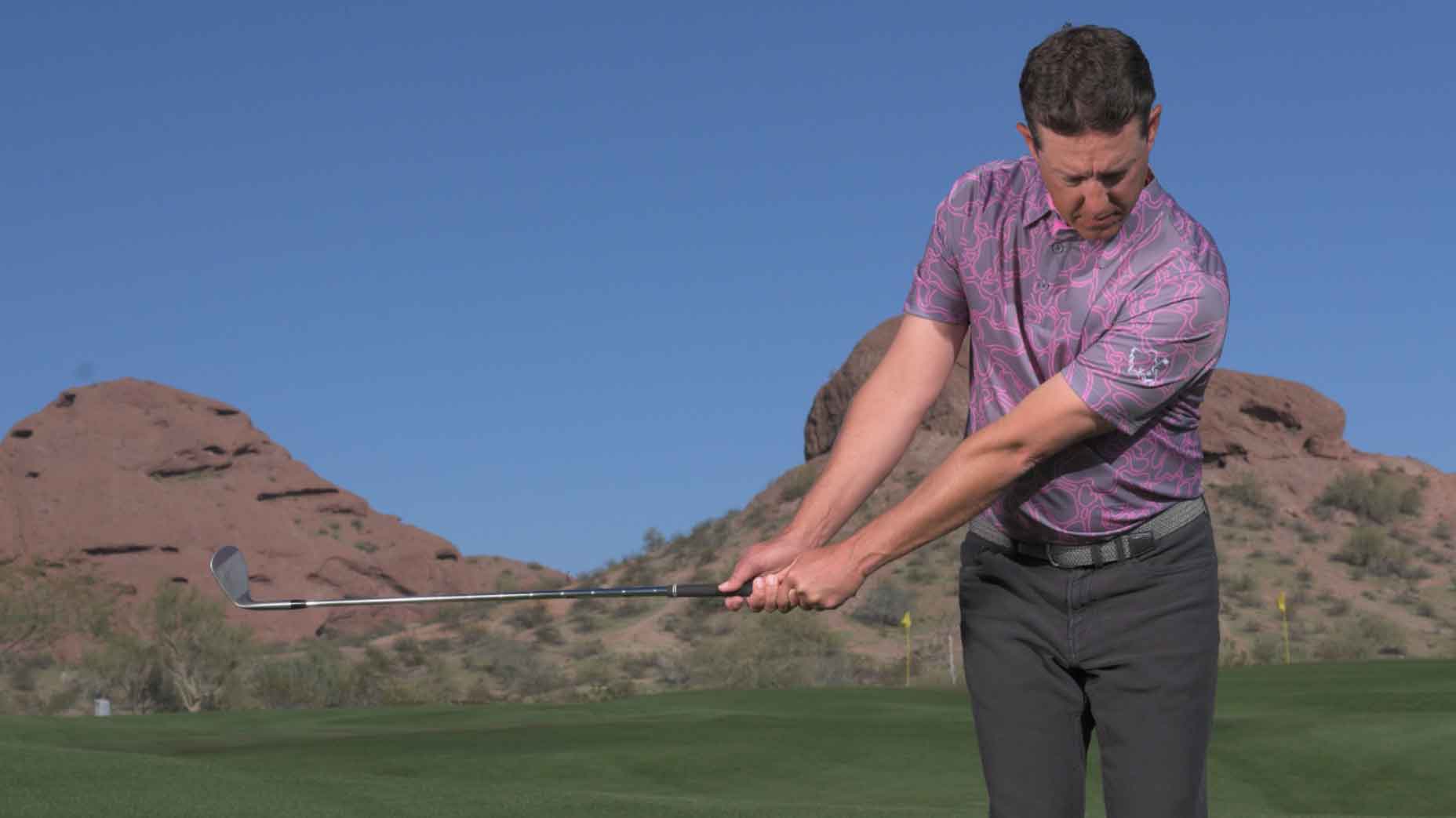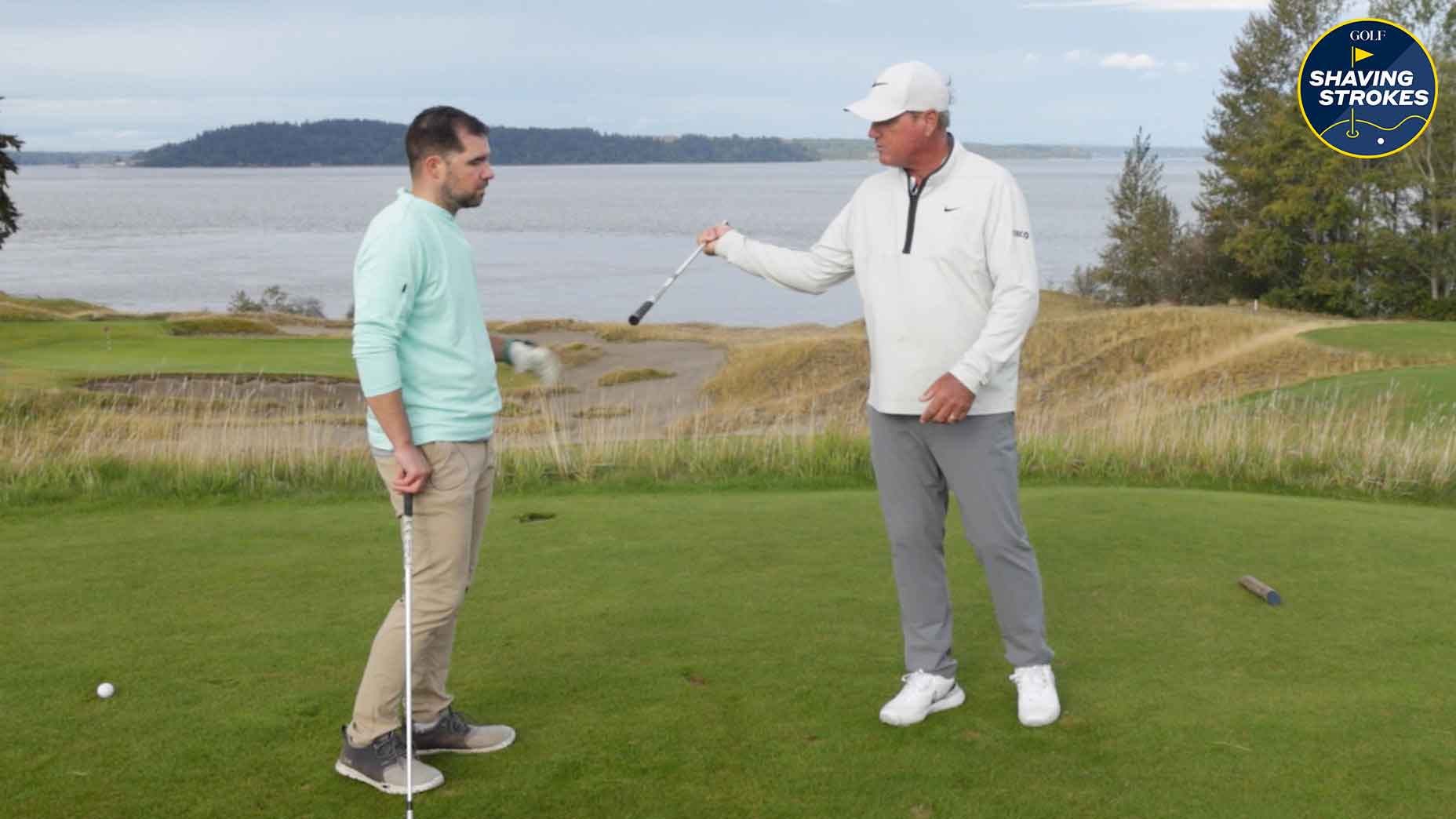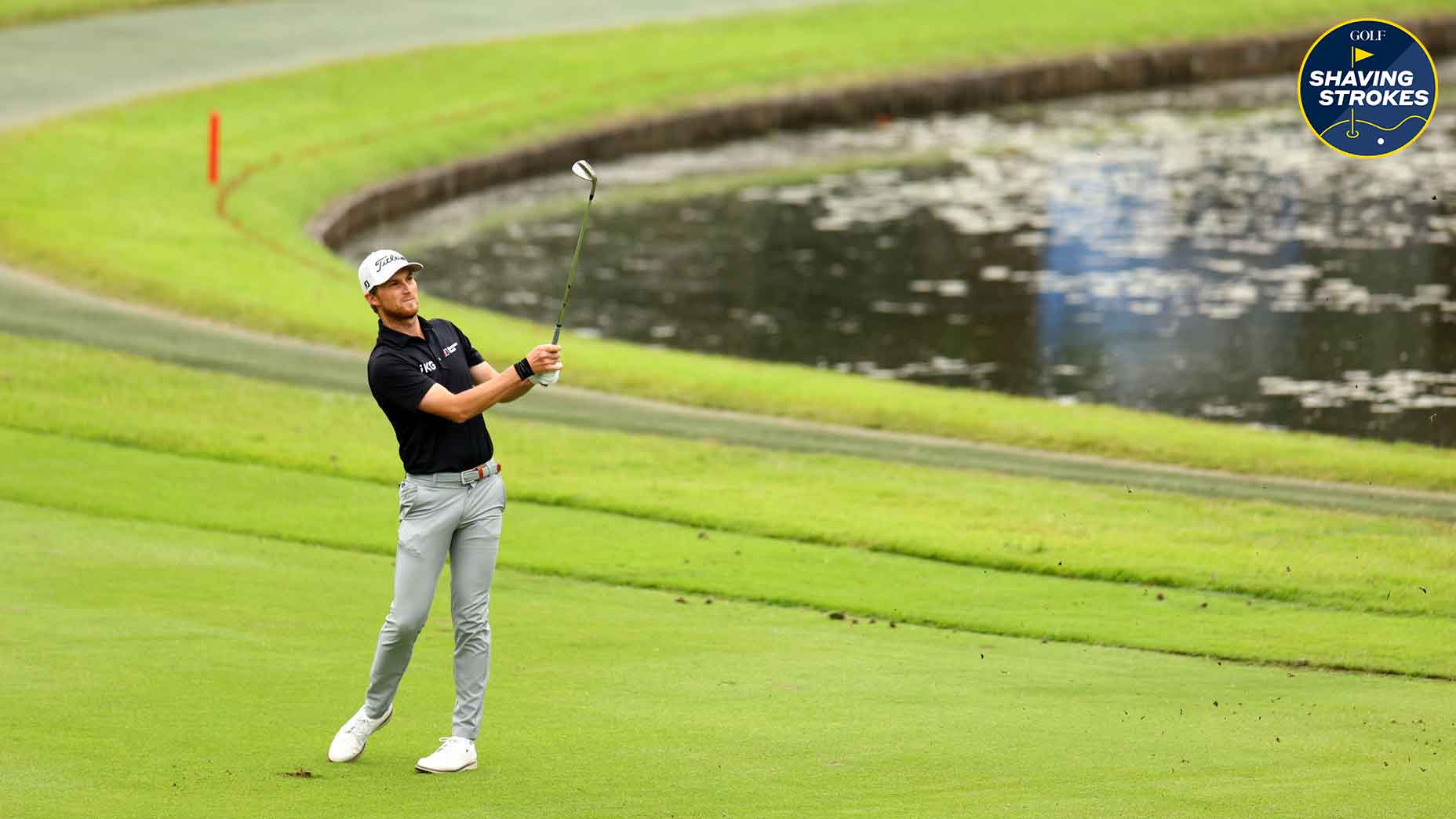Use these 3 checkpoints to dial in your golf posture, says top teacher
- Share on Facebook
- Share on Twitter
- Share by Email
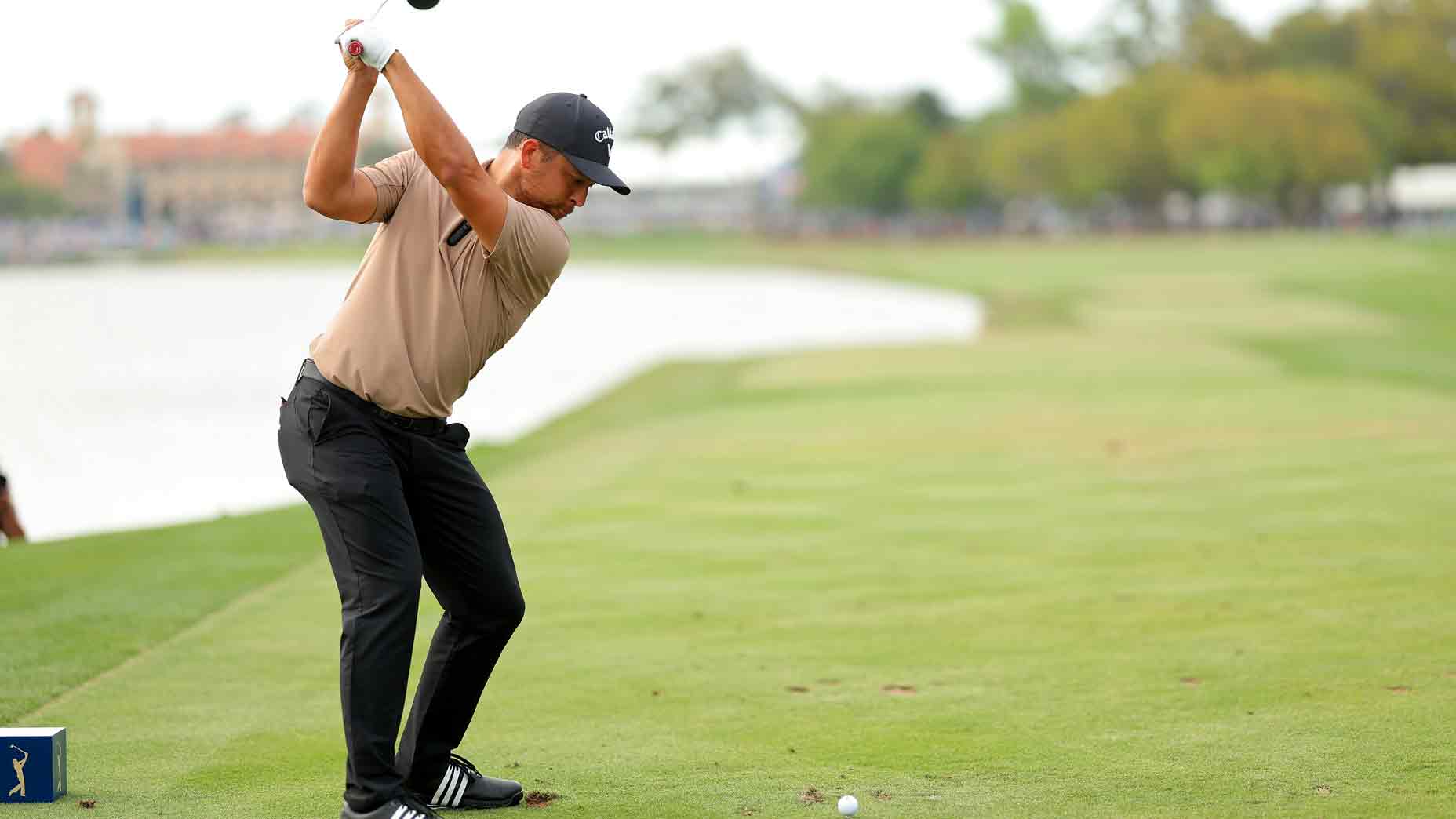
If you're struggling with your golf posture, GOLF Top 100 Teacher Jon Tattersall suggests using these checkpoints to clean it up.
Getty Images
Whether you’re a beginner golfer or someone who’s played the game for decades, one of the most important things to dial in is your golf posture.
If you don’t have the right posture, so many bad things can happen. From shanks to hooks to slices (and more!), understanding how your body should be prior to even swinging the club will help cure all those inconsistent shots.
Good posture helps keep both you and your club on plane, allowing everything to work in unison as you swing. So to help you learn what great posture looks like in the golf swing, GOLF Top 100 Teacher Jon Tattersall shares three checkpoints in the video below.
What your golf posture should look like
Most people often use a mirror to check their golf posture, which is a great way to get a visual for what your body looks like at address. Whether you look at your reflection for guidance, review video or pictures, or just give yourself a sensation to duplicate while standing over the ball, Tattersall says there should be three simple checkpoints before taking your swing.
“First of all, make sure you have a hip hinge,” Tattersall says. “So you should feel like you tilt from the hip joint forward.”
By hinging correctly from your hips, this allows your arms to hang beneath your shoulders, preventing too much reach from happening.
Next, Tattersall says it’s important to check your knee flex.
How to apply athleticism from *other* sports into your golf swingBy: Brian Mogg, Top 100 Teacher
“A good way to feel the knee flex is to straighten your legs, pop them backwards, and then pop them out [toward the golf ball] so that they’re just forward,” he adds. “You should kind of feel like the weight is balanced between the ball of the foot and the heel of the foot on both feet.”
Lastly, Tattersall says to use the big muscles in your legs to help support you, while making sure you aren’t too erect or too slouched.
“When I’m standing here, I’m feeling my backside supporting me, my quads are supporting me and my arms don’t feel slouched and I don’t feel too rounded, and I’m not standing up too straight,” he says. “I’m letting my arms hang underneath me and I feel like I can move athletically, which means moving from right to left pretty easily.
“Can I feel like I can twist on my feet pretty easily? If I feel like I’m very top heavy, look and make sure you’re bent from the hips first.”
So if you’re struggling to make good contact, using these three checkpoints can help dial in your golf posture and allow your body to become more free and athletic. By doing so, you’ll be able to maximize your swing for improved shots.

The Connector by Sure Golf
$99.99
View Product
Latest In Instruction

Nick Dimengo
Golf.com Editor

